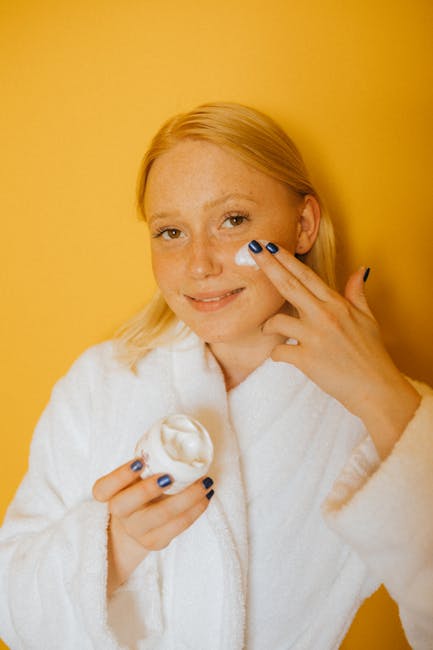Botox Treatment for Acne Scars: What to Expect
Acne scars can be a persistent reminder of past skin issues, affecting self-esteem and confidence. While there are numerous treatments available, Botox has emerged as a surprising yet effective option for reducing the appearance of these scars. This comprehensive guide will delve into how Botox can be used for acne scars, what the procedure entails, and what you can expect in terms of results.
Understanding Acne Scars and Their Impact
Acne scars result from inflammation of acne blemishes, leading to skin damage. According to the American Academy of Dermatology, about 80% of people between the ages of 11 and 30 experience acne outbreaks, and a significant number are left with scars. These scars can be categorized as either atrophic or hypertrophic, with atrophic scars being more common.
Types of Acne Scars
It’s important to identify the type of acne scars before deciding on a treatment. The main types include:
- Ice pick scars: Deep, narrow scars that resemble small holes.
- Boxcar scars: Broad, rectangular depressions with steep edges.
- Rolling scars: Wave-like depressions that give the skin an uneven appearance.
How Botox Works for Acne Scars
Botox, or botulinum toxin, is commonly associated with reducing wrinkles, but its ability to relax muscles has opened new avenues in dermatology. For acne scars, Botox works by relaxing the surrounding muscles, preventing them from contracting and pulling on the skin, which can make scars more noticeable.
The Science Behind Botox
When Botox is injected into the skin, it temporarily paralyzes the underlying muscles. This relaxation allows the skin to smooth out, reducing the depth and appearance of certain types of scars, particularly those caused by muscle tension. Research has shown that Botox can improve the appearance of atrophic scars by up to 30%.
The Botox Treatment Process
Consultation and Assessment
Before undergoing Botox treatment for acne scars, a thorough consultation with a dermatologist or cosmetic surgeon is essential. During this session, the practitioner will assess the type and severity of your scars, discuss your expectations, and determine if Botox is the appropriate treatment.
The Procedure
The Botox injection process is relatively quick, often taking less than 30 minutes. Using a fine needle, the practitioner injects small amounts of Botox into specific areas around the scars. The number of injections will depend on the size and location of the scars.
Post-Treatment Care
After the procedure, patients can typically resume normal activities immediately. However, it is advisable to avoid strenuous exercise and refrain from touching the treated area for at least 24 hours. Some temporary side effects may include mild redness, swelling, or bruising at the injection sites.
What to Expect from Botox Treatment for Acne Scars
Immediate and Long-Term Results
While some improvement may be visible within a few days, the full effect of Botox treatment can take up to two weeks to manifest. The results are not permanent, lasting between three to six months, after which additional treatments may be necessary to maintain the improved appearance.
Potential Risks and Side Effects
As with any cosmetic procedure, Botox carries some risks. These include allergic reactions, infection, and unintended effects such as muscle weakness or drooping. However, these are rare when the procedure is performed by a qualified professional.
Benefits of Choosing Botox for Acne Scars
Botox offers several advantages for those looking to reduce acne scars:
- Non-surgical and minimally invasive
- Quick procedure with minimal downtime
- Improves skin texture and appearance
- Can be combined with other treatments for enhanced results
Alternative Treatments for Acne Scars
While Botox can be effective, it’s not the only option. Depending on the type and severity of scars, other treatments may be more suitable. These include:
- Laser therapy: Uses focused light to remove layers of skin and promote new skin growth.
- Microdermabrasion: Exfoliates the skin to improve texture and reduce scars.
- Dermal fillers: Plump up depressed scars to level them with surrounding skin.
Conclusion
Botox offers a promising solution for individuals seeking to diminish the appearance of acne scars. By understanding the procedure, benefits, and potential risks, you can make an informed decision about whether this treatment is right for you. Consult with a qualified dermatologist to explore your options and develop a personalized treatment plan.
Remember, achieving clear, smooth skin is a journey, and with the right approach, you can regain your confidence and enjoy a renewed sense of self-esteem.
For more information on skincare treatments and advice, feel free to explore our other blog posts and resources. Stay informed and take proactive steps towards healthier skin.

